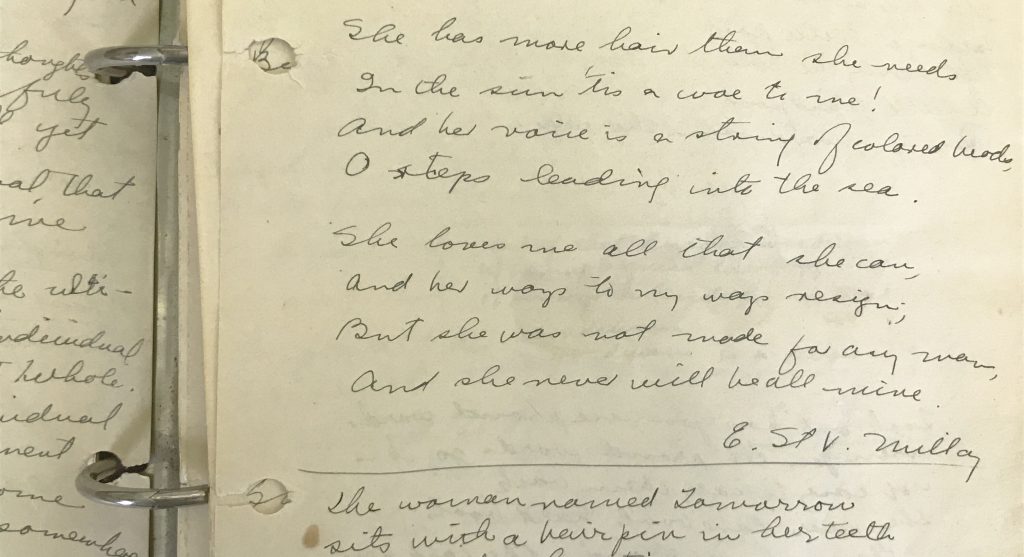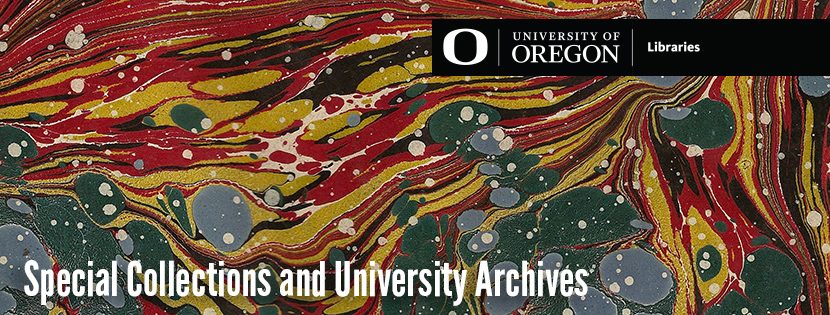New Exhibit | Creative Commonplacing

A new exhibit is now on view during the Winter 2018 term in the Paulson Reading Room in Special Collections and University Archives titled Creative Commonplacing: The Facets of Book Love.
Students of Professor Mai-Lin Cheng’s Fall 2017 course HC421, “Book Love: Or, Reading Commonplaces,” curated this exhibit of commonplace books, diaries, and scrapbooks. The exhibit also highlights other “book love” projects undertaken by the students during the course, including the results of a bookbinding workshop with Collections Conservator Marilyn Mohr and a handwriting workshop with Manuscripts Librarian Linda Long.
The public is invited to an opening reception in SCUA on 1/18/18, 4-5 p.m.
An introduction to the exhibit from the guidebook written by the student curatorial team follows:
Our class during Fall 2017 was the first of hopefully many future classes on the topic of Book Love, exploring the origins of book writing and what it means to love books and share what we understand of the world. Commonplaces are both a reflection of an author and their greater community, with the practice beginning in the seventeenth century as a type of note-sharing. In this class, we explored what it means to be an author as opposed to a compiler, as the lines are often blurred in commonplace books, as readers created their own personal anthologies, with passages, images, and other artifacts important to them to create a commonplace book.
The commonplace book is an artifact of active reading. In it, the reader becomes writer. The interchangeability of these two modes of relating to texts is, of course, familiar in our contemporary era of cutting-and-pasting, tweeting and retweeting, liking and linking. Exploring the origins of this information-sharing, however, reveals a more exclusive and exclusionary history in authorship and the sharing of information, and through exploring the history of book-making students deepened their awareness of an elitist history of information control. In this class, students experiment with individual methods of expressing “book love” in creating their own print or digital commonplace books, and through reading the same texts each student created their own unique commonplace work.

